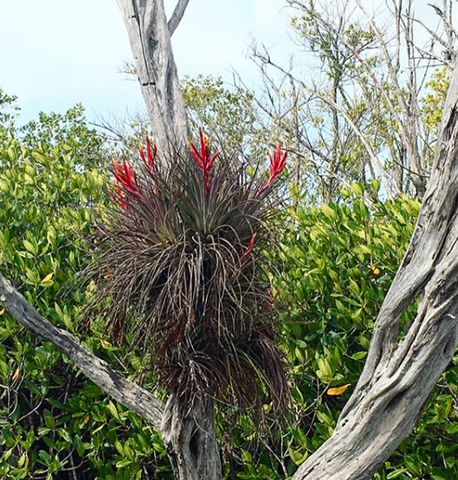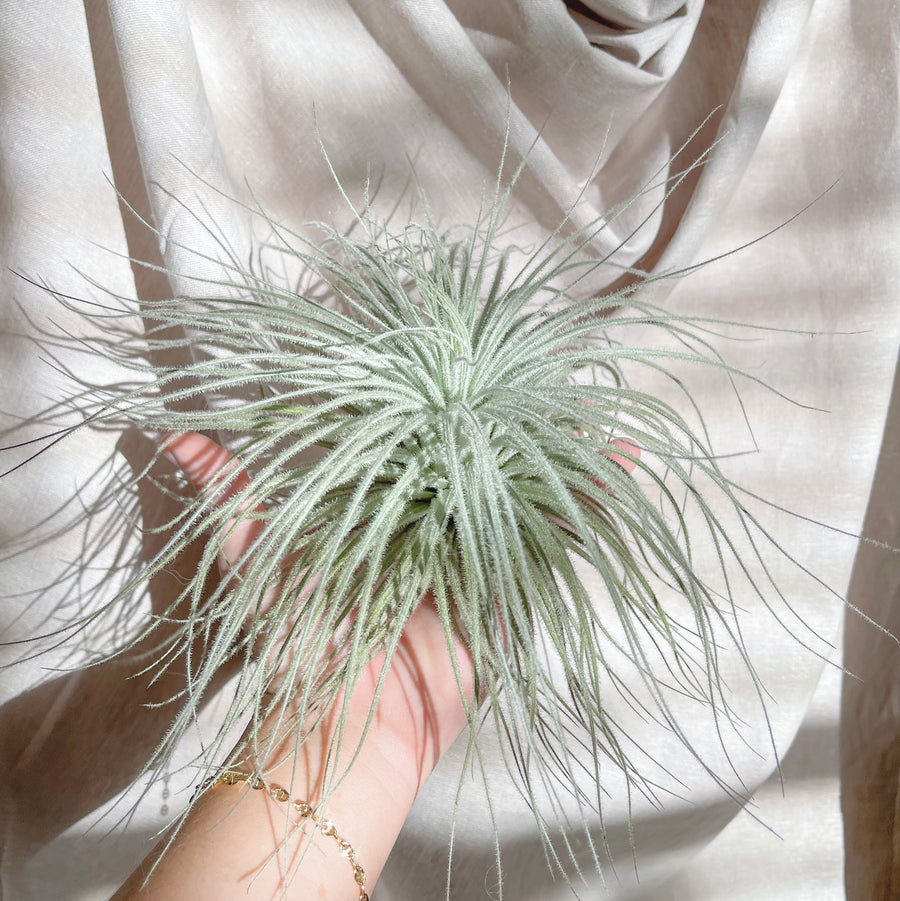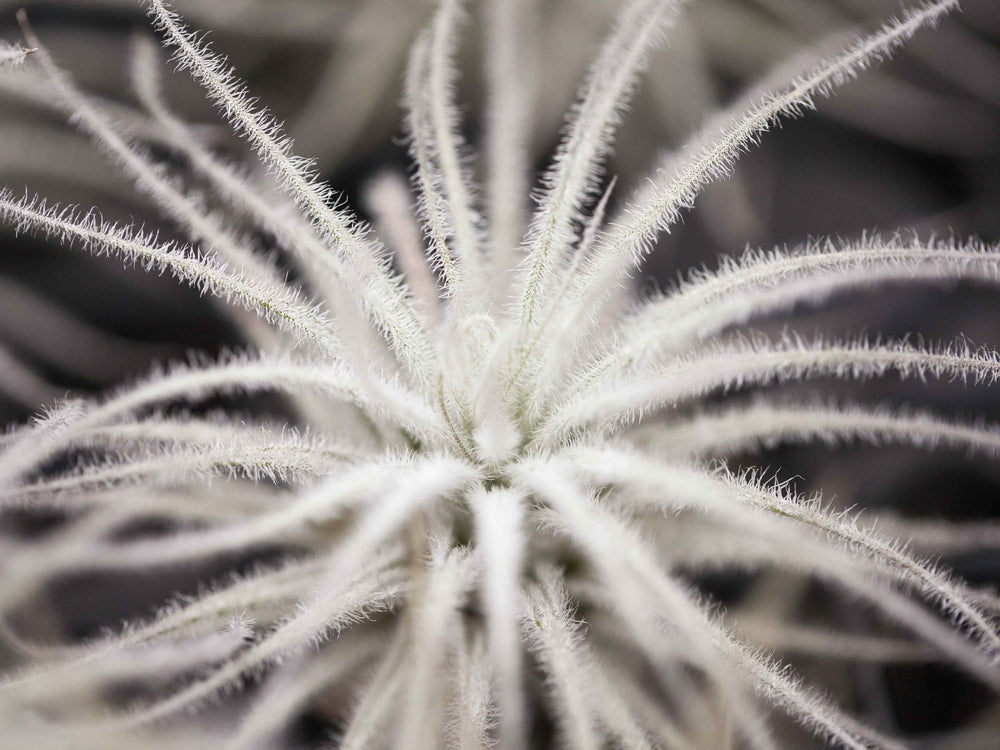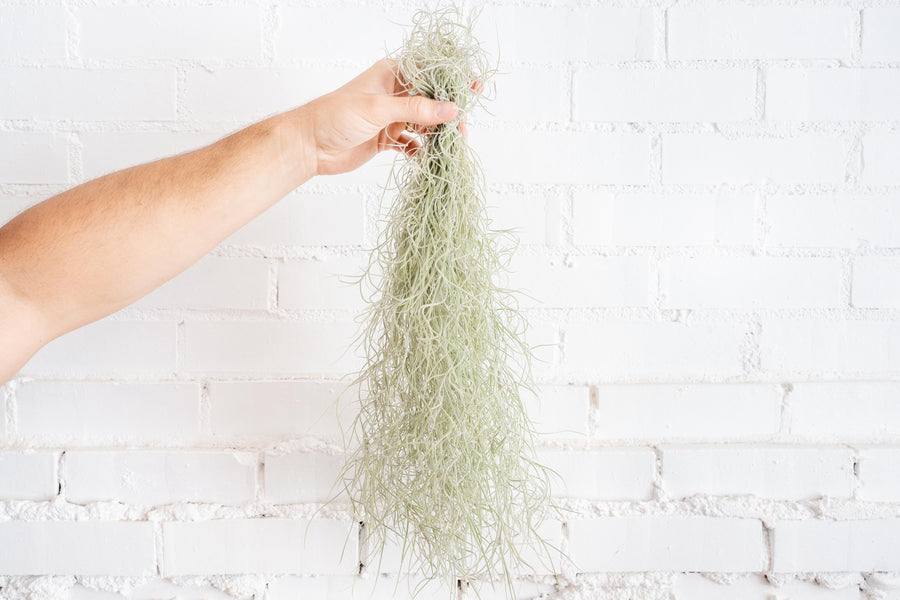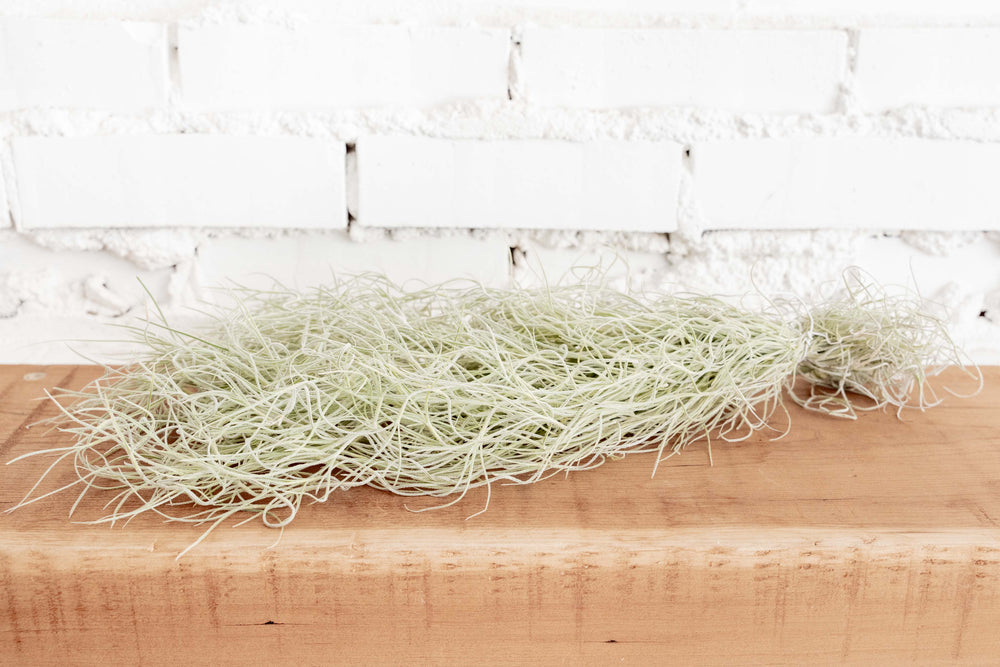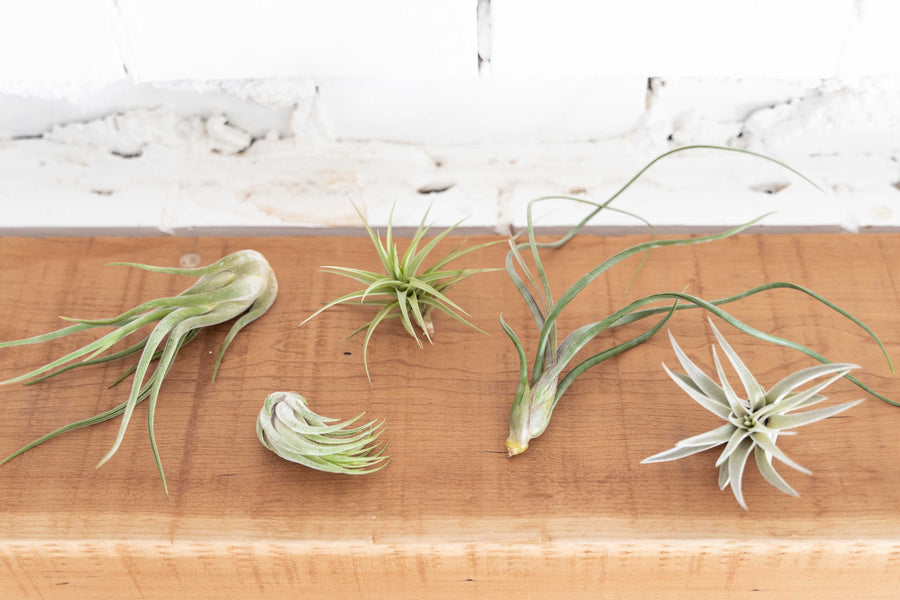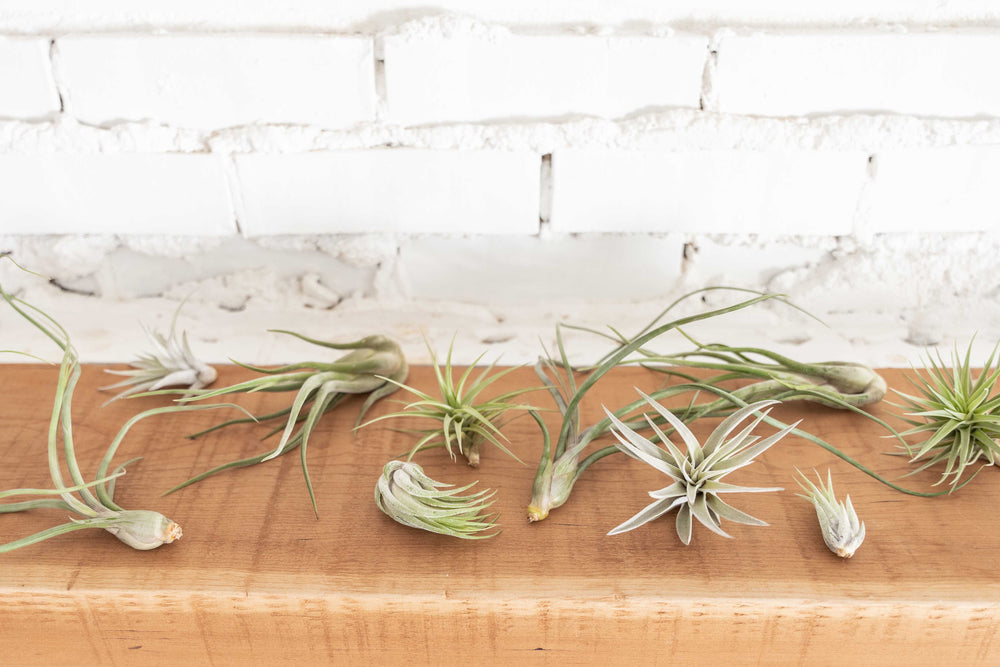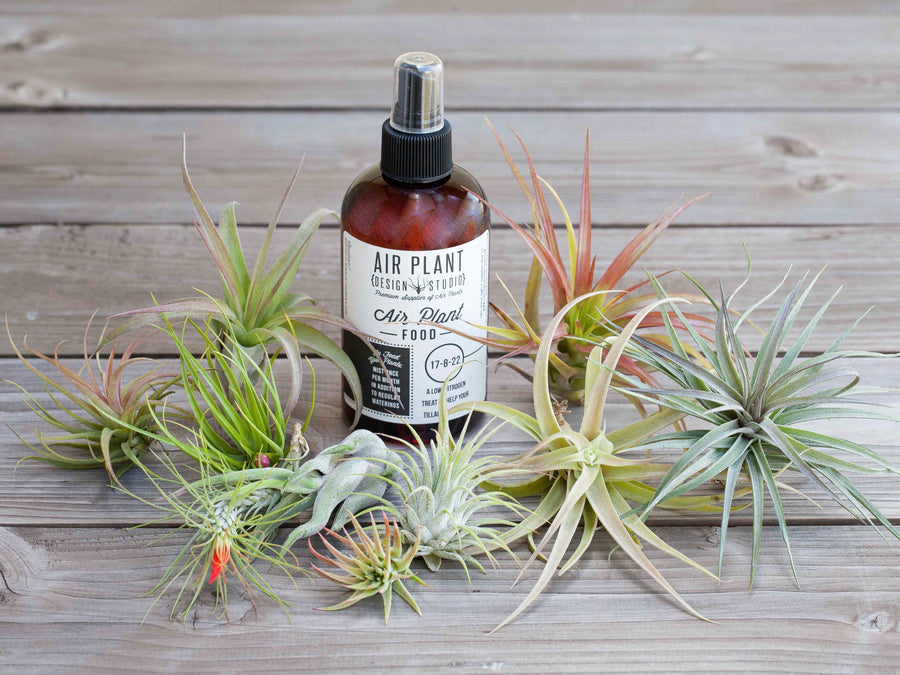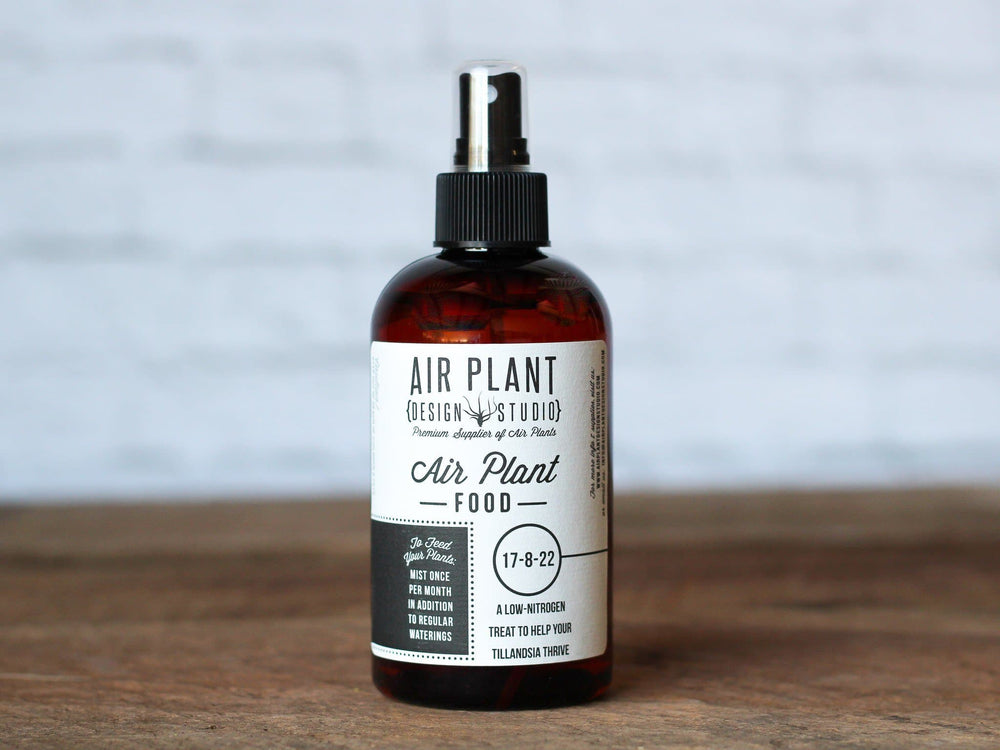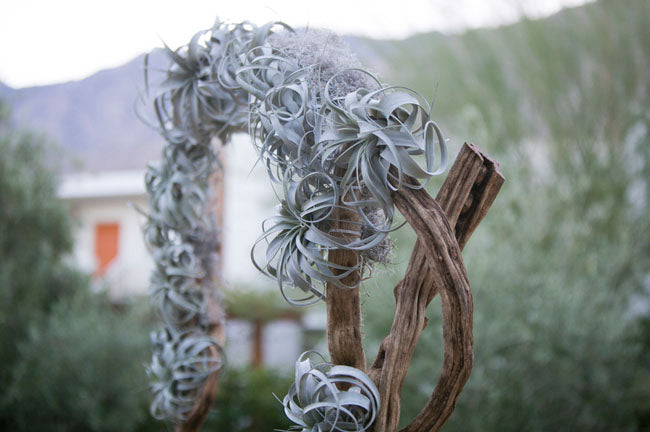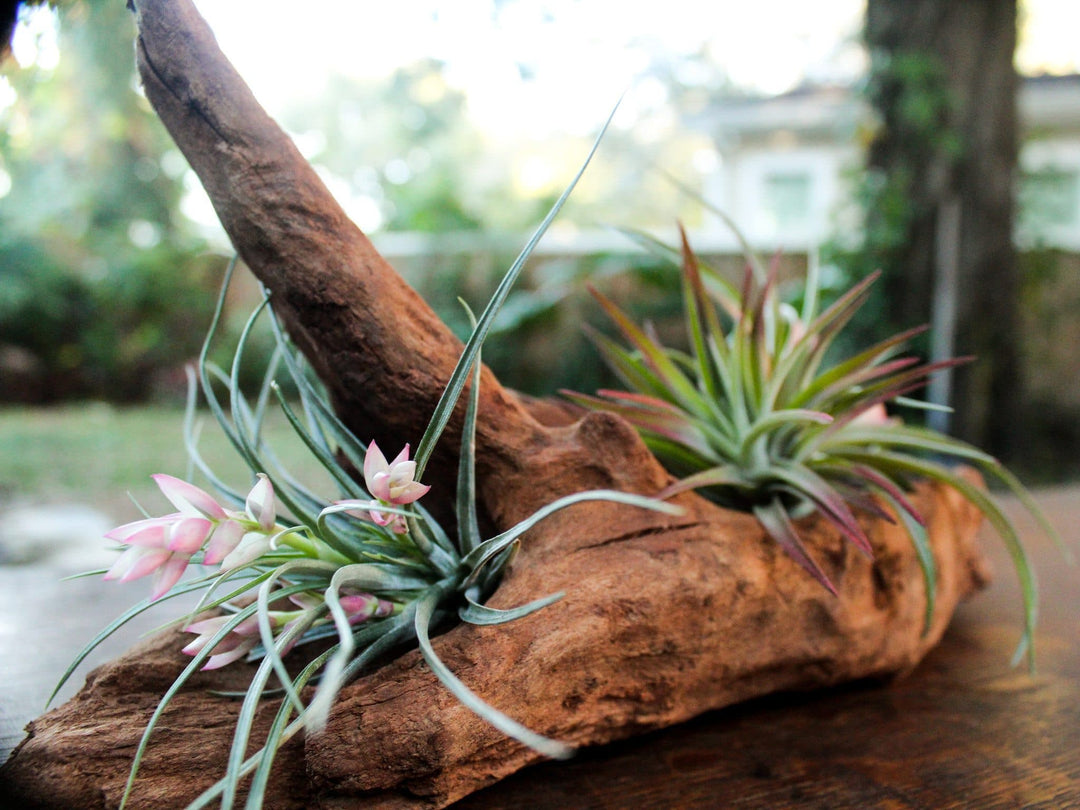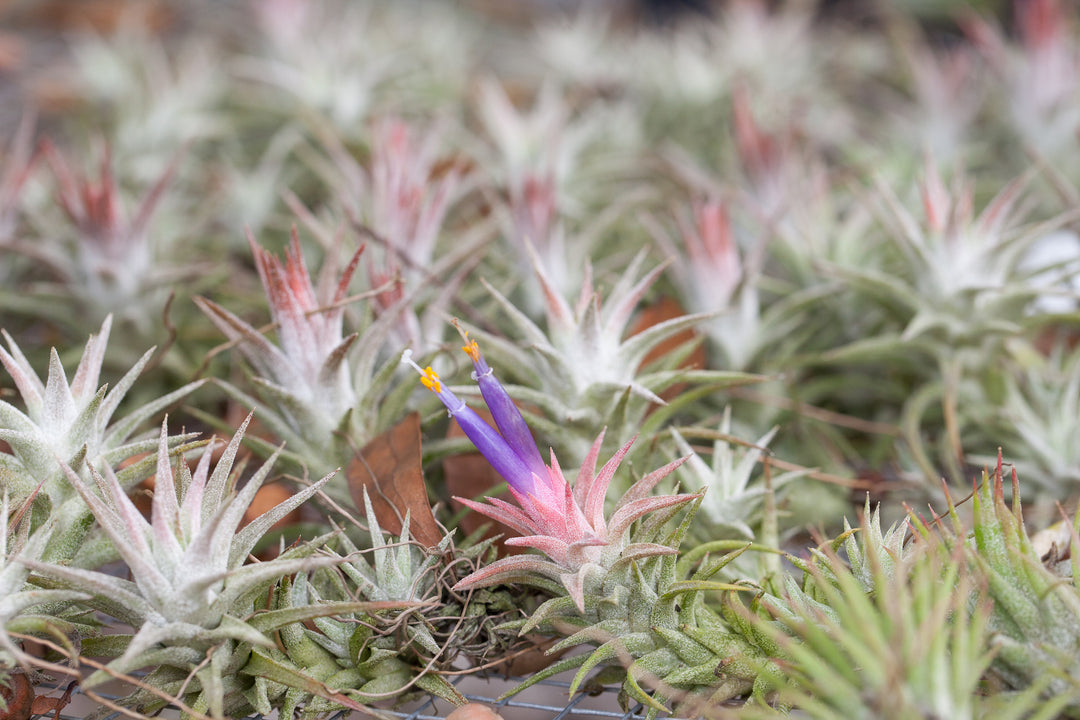Endangered Air Plants & What You Can Do To Help!
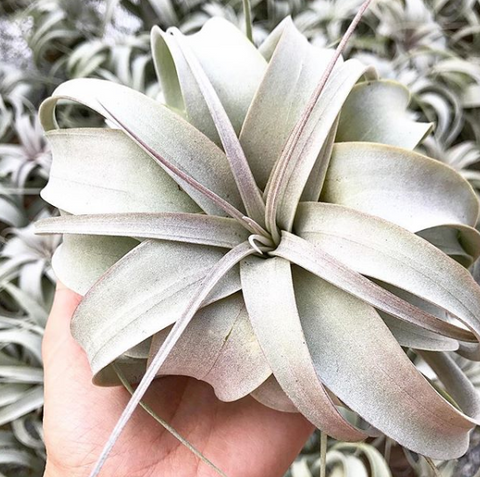
Moving forward, CITES officials and local governments allowed growers in South America to begin to propagate the xerographica under pretty strict guidelines. Thus, we began to see an influx of xerographica plants back into the market in the 2000’s due to these farmed xerographica plants. Did you know that the small xerographica plants that we sell are actually about 4-5 year old seedlings? After blooming, the slow growing xerographica plants usually only grow 2-3 offsets, and these can take quite a while to grow, sometimes years.
Due to CITES requirements, growers in Guatemala are required to sometimes keep one out of every three pups/offsets that form, to allow new growth of mother plants. Growers also have to hold permits that state that their plants were nursery grown, and not wild harvested, in order to sell xerographica plants.
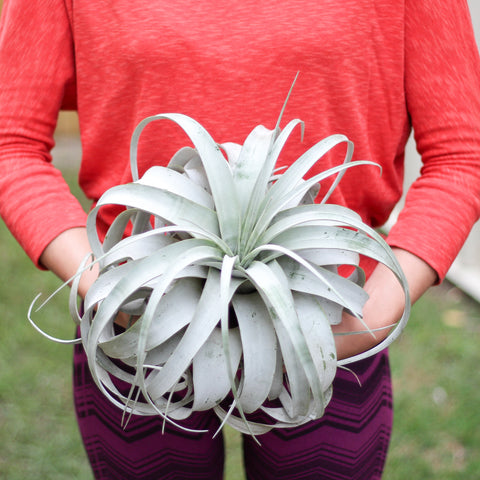
The stunning Queen of Tillandsia: The T. xerographica
Harrisii plants are also on the CITES endangered list. These slow growing plants were also almost poached to extinction from the wild, and growers must follow the same guidelines that they follow with the propagation and trade of xerographica plants.
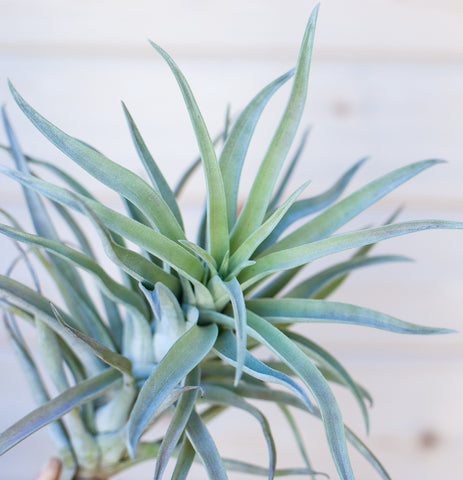
The silvery T. harrisii plant
Air Plant Design Studio is based in Florida where we are lucky to be able to enjoy wild Tillandsia plants growing, most specifically in regions down south of us here in Tampa, like in the Everglades. Poachers are the biggest threat to bromeliads, orchids, and air plants here in Florida though, as they try to illegally collect endangered species directly from the wild to sell. Habitat loss due to rising sea water and weevil beetles also are affecting bromeliad and Tillandsia populations here in Florida.
In Southeast Florida, volunteers have begun to rescue and relocate wild Florida Tillandsia species that are endangered including the T. utriculata (wild pine, giant air plant) and the T. fasciculata (cardinal air plant). The cardinal air plant is one of the most popular plants that poachers try to illegally collect from Florida swamp lands in the Arthur R. Marshall Loxahatchee National Wildlife Refuge, due to their bright red blooms. Over the years, park rangers have arrested several people that have tried to smuggle these and other plants out of the park where the plants might eventually end up at plant nurseries and in people’s backyards.
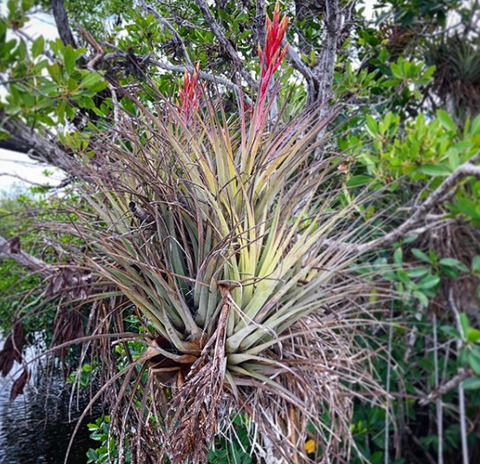
Wild T. fasciculata (cardinal air plant ) growing in the Everglades
First, make sure that you are buying sustainably raised/grown Tillandsia that come from a source with all the required CITES permits. If you aren’t sure, ask! Anyone doing business above board will be happy to give you the information that you need. We make sure that all the plants that we import from Guatemala follow these stringent guidelines and even hold permits that certify that we are permitted to import protected species such as the xerographica and harrisii. You can rest assured that we do our best to source sustainably grown plants that are not having a harmful impact on Tillandsia populations in the wild.
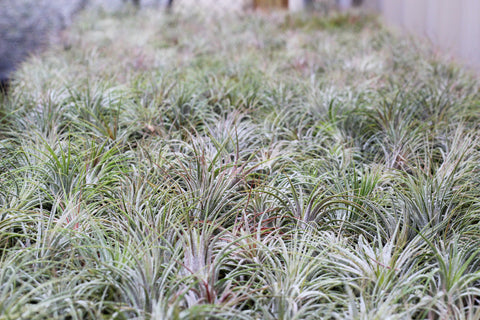
T. ionantha plants growing in our greenhouse
We also allow plants to produce offsets after they have bloomed, and have numerous pups from various plants, including the ionantha, xerographica, funckiana, pseudobaileyi, aeranthos, concolor, schiedeana, and many more in our greenhouse! Once these "pups" are at least a third of the size of the mother plant, we remove them and allow them to grow to maturity and then send them to one of you when you place an order!
If you want to learn more about pups, check out this article, Air Plant Propagation!
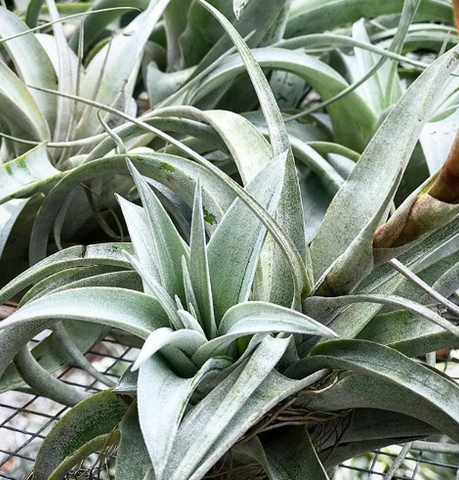
A pup growing on a mother xerographica plant
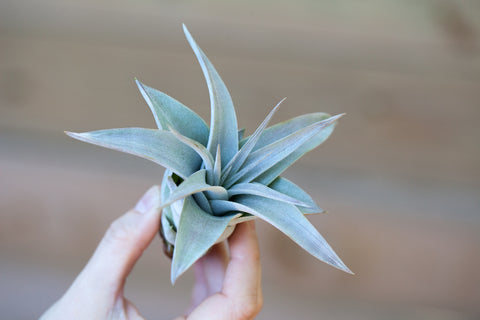
A T. xerographica pup/offset that was pulled off a mother plant in our greenhouse
Second, please don’t collect Tillandsia from the wild. Just don’t do it. We know it can be pretty tempting, and it is pretty cool to see a bromeliad or air plant nestled in a tree. But while it might look great in your home, don’t take it from the wild, leave it to live and thrive in the wild where it belongs!
